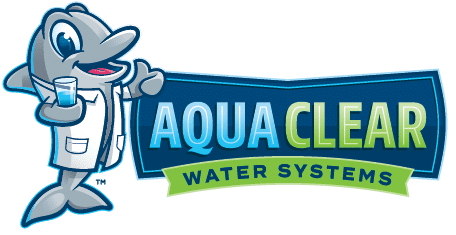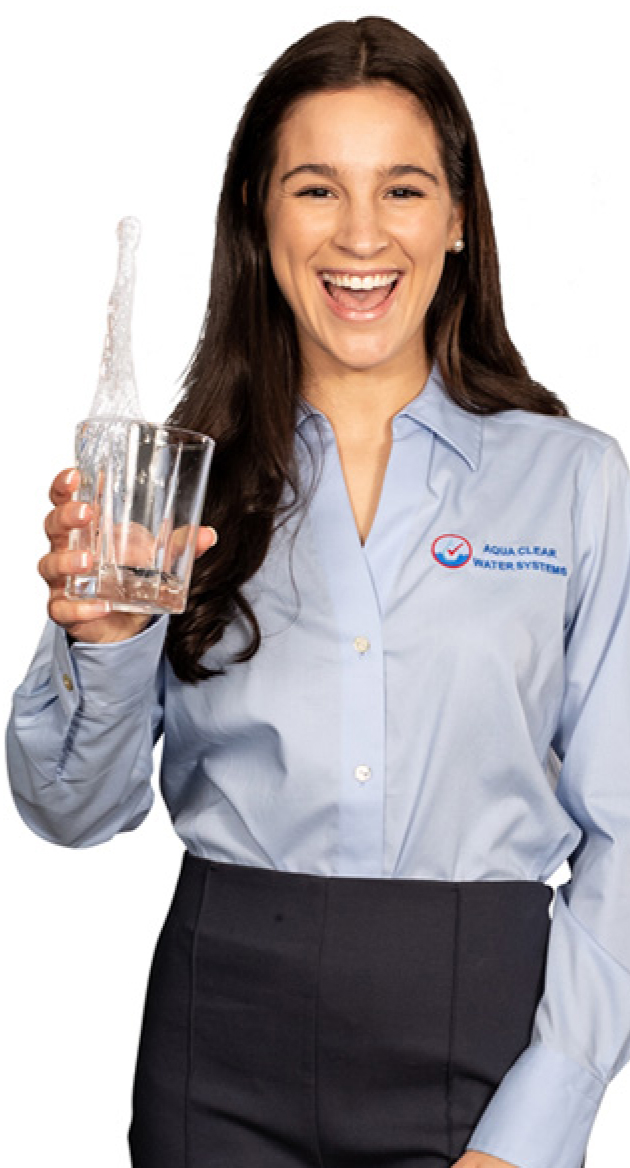
2023 Spencer Water System Water Quality Report
Recently we got a call about Spencer Water Systems in Van Buren County, TN sending a letter to its customers saying that it recently violated a federal drinking water standard. You can read that letter here.
We wanted to briefly write a post about what the letter means and how you can protect yourself from these chemicals if you choose to.
Spencer Water Systems in Spencer, TN found that the level of certain chemicals, called haloacetic acids and trihalomethanes, in the water is higher than what the government says is safe. These chemicals can show up when water is treated with chlorine to kill germs. If people drink this water for many years, they might have a higher chance of getting cancer or having problems with their liver, kidneys, or brain.
However, there’s no need to panic or boil your water. The risk from germs is still considered higher, so stopping the chlorine treatment isn’t a good option. The water company is working on fixing the problem by trying to lower these chemical levels while still keeping the water safe from germs.
If you’re worried about how this might affect your health, we carry water filtration systems that can remove this chemicals along with many others.
What are haloacetic acids?
Haloacetic acids (HAAs) are a group of chemicals that can form when disinfectants like chlorine are used to treat drinking water and react with natural organic matter in the water. These chemicals are part of a group known as disinfection byproducts (DBPs).
There are several different types of HAAs, often referred to by their chemical names, such as monochloroacetic acid, dichloroacetic acid, trichloroacetic acid, and others. Each type varies in its potential health effects, but generally, HAAs are considered potentially harmful if consumed in high levels over long periods. They have been associated with health risks such as an increased risk of cancer and, in some studies, effects on the liver, heart, and reproductive systems.
Regulatory agencies like the Environmental Protection Agency (EPA) in the United States have set maximum contaminant levels (MCLs) for HAAs in drinking water to safeguard public health, monitoring the levels of these byproducts to ensure they remain within safe limits for consumption.
What are trihalomethanes?
Trihalomethanes (THMs) are chemical compounds that can be found in drinking water as a byproduct of chlorination, a process used to disinfect water and make it safe from pathogens like bacteria and viruses. When chlorine, which is commonly used as a disinfectant, reacts with natural organic matter (like decomposing leaves and plants) present in water, it forms THMs.
There are four main THMs:
1. Chloroform (trichloromethane)
2. Bromodichloromethane
3. Dibromochloromethane
4. Bromoform (tribromomethane)
The total concentration of these four compounds is often referred to as total THMs. Long-term exposure to high levels of THMs is linked to health risks, such as an increased risk of cancer and potential effects on the reproductive system, liver, kidneys, and heart. Because of these potential health effects, regulatory agencies like the EPA have set maximum allowable levels for THMs in public water systems to minimize the risk to consumers.
Why would the water utility get high levels of these contaminants?
The presence of high levels of contaminants like haloacetic acids (HAAs) and trihalomethanes (THMs) in a water utility’s supply can be attributed to several factors:
1. Natural Organic Matter: High levels of natural organic matter in the source water, such as leaves, soil, and other plant debris, can lead to increased formation of HAAs and THMs when this matter reacts with chlorine during the disinfection process.
2. Disinfection Process: The method and level of disinfection can impact the formation of these byproducts. For example, using chlorine or chloramine for disinfection in areas with high levels of organic matter can result in more of these byproducts. The longer the disinfectant is in contact with the organic matter, the more byproducts are formed.
3. Water Temperature: Warmer water temperatures can increase the reaction rate between disinfectants and organic matter, leading to higher concentrations of disinfection byproducts.
4. pH Levels: The acidity or alkalinity of the water can affect the formation of HAAs and THMs. Generally, higher pH levels can lead to increased formation of these compounds.
5. Residence Time: The amount of time water spends in the distribution system before reaching consumers (also known as residence time) can also affect the levels of these byproducts. Longer residence times can allow more time for these byproducts to form.
6. Seasonal Variations: Seasonal changes can cause variations in the levels of natural organic matter as well as changes in water temperature, both of which can lead to seasonal spikes in HAA and THM levels.
7. Changes in Source Water: Shifts in the source of water, such as moving from a well to a surface water source, can introduce different levels of organic materials, potentially increasing the formation of these byproducts.
8. Treatment Plant Performance: Inadequate removal of organic matter during the water treatment process before disinfection can lead to higher levels of HAAs and THMs. This could be due to outdated treatment processes, equipment malfunction, or suboptimal operation of the treatment facility.
Water utilities are required to monitor and control the levels of HAAs and THMs to comply with regulatory standards. When levels exceed the maximum contaminant levels (MCLs), utilities must take corrective action, which can include adjusting the disinfection process, changing the source of water, or upgrading the treatment facilities to better remove organic matter before disinfection.
How can I remove these contaminants from my water?
Removing contaminants like haloacetic acids (HAAs) and trihalomethanes (THMs) from your tap water can be done using several methods:
1. Activated Carbon Filtration: This is one of the most common and effective methods for reducing THMs and HAAs. Filters can range from pitcher filters, faucet-mounted units, to under-sink and whole-house systems. The activated carbon works by adsorbing these compounds from the water.
2. Reverse Osmosis: This process forces water through a semi-permeable membrane, removing a wide variety of contaminants, including THMs and HAAs. Reverse osmosis systems are typically installed under the sink and can provide a high level of purification.
3. Distillation: This process involves boiling water to produce steam, which is then condensed back into liquid form, leaving many contaminants behind, including THMs and HAAs. Home water distillation units are available, but they consume a considerable amount of energy.
4. Aeration: Since THMs are volatile organic compounds, they can be removed by aeration, which involves agitating the water or allowing it to sit out, letting the compounds evaporate. However, this method is less practical for treating large volumes of water and is not as effective for HAAs.

READY TO GET STARTED?
Claim Your FREE At Home Water Test And Our
Qualified Water Technicians Will Show You
How You Can Save Thousands And Improve
Your Health With Soft, Pure Water!

Don’t risk your family’s health! Book a free water test with our qualified technicians to find out what harmful impurities are causing the most damage in your home. Plus, get a customized recommendation for the perfect system to solve your water concerns!





